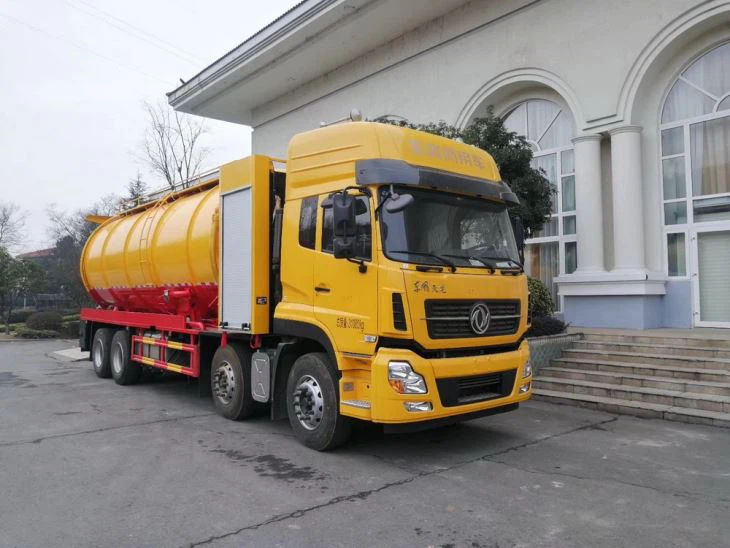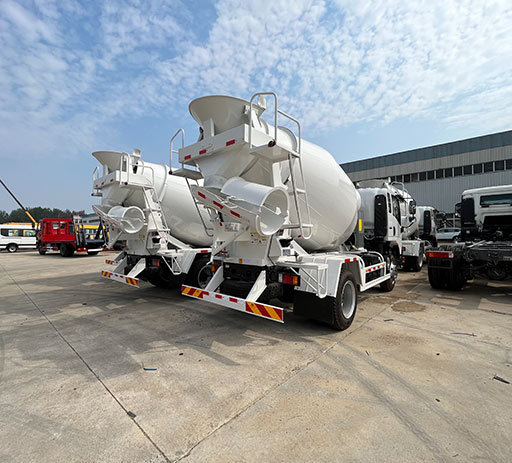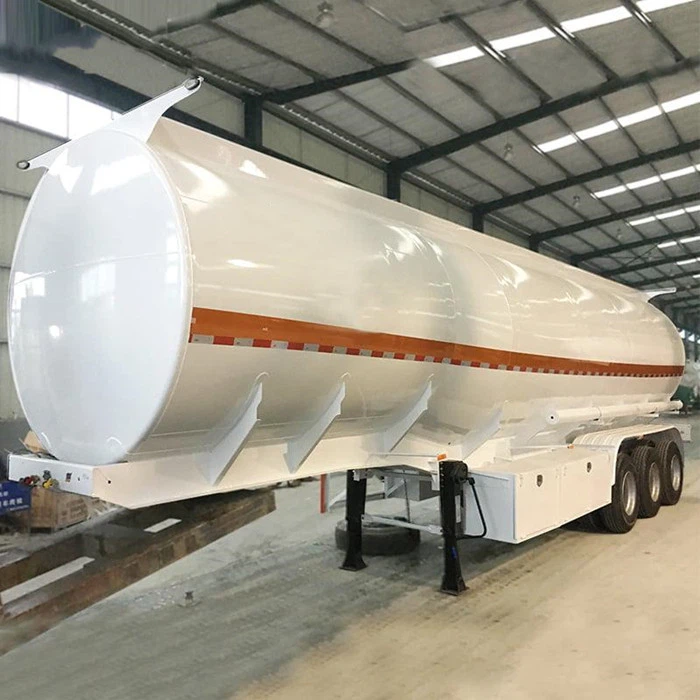Complete Guide to Van Tailgate Lifts: Optimize Your Loading Experience

Van tailgate lifts are essential tools for enhancing convenience and efficiency in loading and unloading cargo. Whether you operate a commercial van or use one for personal purposes, understanding how these lift systems function, their benefits, and installation considerations can significantly improve your experience. This comprehensive article examines every aspect of van tailgate lifts, their advantages, types, installation procedures, and much more.
What is a Van Tailgate Lift?
A van tailgate lift is a mechanical device designed to assist in the lifting and lowering of heavy loads in and out of a van. These lifts can be particularly beneficial for people who regularly carry heavy items, reducing strain and effort while enhancing overall loading capacity.
How Tailgate Lifts Work
Most tailgate lifts operate using hydraulic or electric mechanisms, allowing for a smooth transition of weight without manual lifting. Users typically activate the lift with the push of a button, making it easy to manage large and cumbersome items.
Key Benefits of Using Van Tailgate Lifts
- Increased Efficiency: Streamlines loading and unloading processes, saving time and effort.
- Reduced Physical Strain: Minimizes the risk of injury associated with lifting heavy loads.
- Enhanced Safety: Reduces the chance of accidents that can occur during manual lifting.
- Improved Accessibility: Makes it easier for individuals with mobility issues to load and unload items.
Types of Van Tailgate Lifts
Understanding the different types of tailgate lifts can help you make an informed decision based on your specific needs.
1. Hydraulic Tailgate Lifts
Hydraulic lifts utilize hydraulic fluid to power the lift mechanism. They are known for their strength and ability to lift heavy loads with ease. Popular among commercial operators, these lifts can handle a variety of cargo types and weights.
2. Electric Tailgate Lifts
Electric lifts operate using electric motors. They are often more accessible for daily use, requiring minimal physical effort to operate. Electric lifts can also be equipped with features like remote controls for added convenience.
3. Manual Tailgate Lifts
Manual lifts are less common and require physical effort to operate. They might be suitable for lighter loads or for users who prefer a more traditional lifting method.
4. Folding Tailgate Lifts
Folding tailgate lifts are designed to fold flat when not in use, making them ideal for users who require space efficiency. These lifts offer versatility and convenience without taking up additional van space.
Choosing the Right Van Tailgate Lift
Selecting the appropriate van tailgate lift depends on several factors, including weight capacity, type of load you frequently transport, and vehicle compatibility.
1. Weight Capacity Considerations
Evaluate the maximum weight you need to lift regularly. This information is crucial when selecting a lift, as not all lifts have the same weight capacity. Choosing a lift that exceeds your typical load is advisable to ensure longevity and performance.
2. Vehicle Compatibility
Ensure that the lift you choose is compatible with your vehicle. Some lifts may require specific mounting brackets or may not fit certain van models. Always check the manufacturer’s specifications before making a purchase.
Installation of Van Tailgate Lifts
Installing a tailgate lift can be straightforward, but it requires careful attention to detail to ensure safety and functionality.
1. Tools and Materials Needed
Before installation, gather the following tools and materials:
- Power drill
- Screwdriver set
- Wrenches
- Mounting brackets (if not included)
- Owner’s manual or installation guide
2. Step-by-Step Installation Guide
Step 1: Preparation
Start by reading the manufacturer’s instructions thoroughly. Familiarize yourself with the parts of the lift and the tools needed for installation.
Step 2: Positioning the Lift
Lift the tailgate of your van and position the tailgate lift where it will be mounted. Use clamps to hold the lift in place temporarily.
Step 3: Marking Drill Points
Use a pencil to mark the drill holes based on the mounting bracket placements. This ensures accurate drilling when securing the lift.
Step 4: Drilling Holes
With the power drill, create holes at the marked points. Make sure to choose the appropriate drill bit size suitable for your van’s material.
Step 5: Securing the Lift
Attach the lift securely with bolts, ensuring it is stable and properly aligned before tightening completely.
Step 6: Electrical Connections (If Applicable)
If you have an electric lift, connect the power source according to the manufacturer’s instructions. Ensure all wiring is secure and insulated.
Step 7: Testing the Lift
Once installed, test the lift by activating it to ensure smooth operation and stability. Make any necessary adjustments based on performance.
Maintenance Tips for Van Tailgate Lifts
1. Regular Inspections
Periodically check the lift for any signs of wear or damage. Inspect cables, hydraulic fluid levels, and electrical connections.

2. Cleaning
Keep the lift clean from dirt, debris, and rust. Use a damp cloth and non-corrosive cleaner to wipe down surfaces and components.
3. Lubrication
Lubricate any moving parts as recommended by the manufacturer. This will help prevent friction and ensure smooth operation over time.
Practical Examples of Van Tailgate Lift Usage
1. Commercial Applications
Businesses that transport heavy goods, such as furniture or appliances, greatly benefit from van tailgate lifts. They facilitate quick loading and unloading, making deliveries more efficient.
2. Personal Use for Homeowners
Homeowners who frequently move items like gardening supplies, bikes, or furniture can use a tailgate lift to simplify the process and reduce physical strain.
3. For Accessibility Needs
People with mobility challenges may rely on tailgate lifts to assist in loading wheelchairs or other mobility aides into their vehicles, improving their independence.
Cost Considerations for Van Tailgate Lifts
The price of van tailgate lifts can vary widely, influenced by factors such as brand, type (hydraulic vs. electric), and load capacity.
1. Budget-Friendly Options
If you’re on a budget, consider looking for manual or simple electric lifts. They generally come at a lower price point while offering adequate functionality for lighter loads.

2. Premium Models
For heavier applications or high-frequency use, investing in a premium hydraulic tailgate lift may prove beneficial in the long run, offering better performance and durability.
Common Problems and Solutions
1. Lift Not Operating
If the lift doesn’t respond when activated, check the power supply and connections. Ensure the remote control or buttons are functioning correctly.

2. Uneven Operation
If the lift is uneven, ensure all mounting points are secure and the lift is properly installed. Adjust or realign if necessary.
FAQs about Van Tailgate Lifts
1. Are van tailgate lifts easy to install?
Yes, most tailgate lifts come with comprehensive installation instructions and can be installed with basic tools. However, an electrical lift might require more expertise.
2. What is the typical weight capacity of a tailgate lift?
The weight capacity varies, with options generally ranging from 1,000 to 3,000 pounds. Always choose a lift that exceeds your typical load requirements.
3. Can I install a tailgate lift on any type of van?
Not all lifts are suitable for every van. Compatibility depends on the specific model and design of the lift, so always check before purchasing.
4. How often should I perform maintenance on my tailgate lift?
It’s advisable to conduct visual inspections every few months and perform a thorough cleaning and lubrication at least once a year.
5. Are hydraulic lifts more reliable than electric lifts?
Hydraulic lifts are often preferred for heavy-duty applications due to their strength, while electric lifts offer convenience for regular use. Reliability depends on the quality and specific use case.
6. Can I use a tailgate lift for outdoor activities?
Yes, tailgate lifts can assist in outdoor activities, such as loading camping gear or bicycles, making it easier to transport equipment for your adventures.
